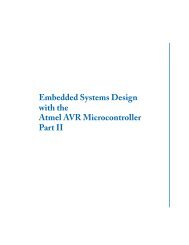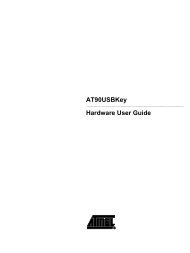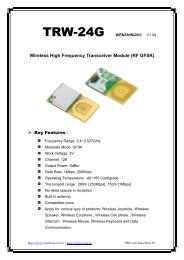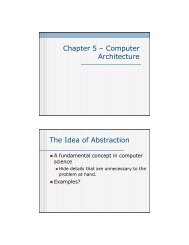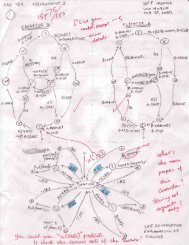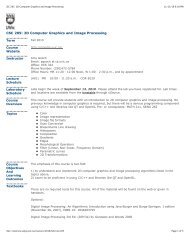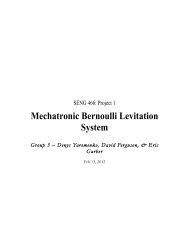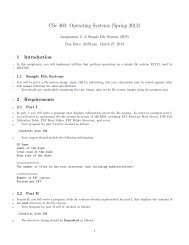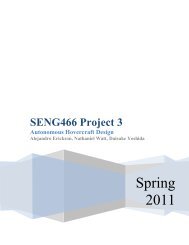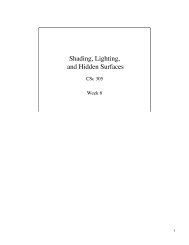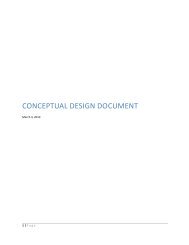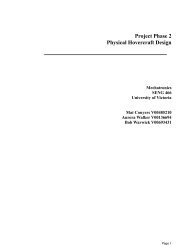Icon - Department of Computer Science - University of Victoria
Icon - Department of Computer Science - University of Victoria
Icon - Department of Computer Science - University of Victoria
Create successful ePaper yourself
Turn your PDF publications into a flip-book with our unique Google optimized e-Paper software.
Chapter 3<br />
Background and Previous Work<br />
This chapter introduces the background and previous work related to this research:<br />
free-form deformation (FFD) (Section 3.1), deformation for implicit surfaces (Sec-<br />
tion 3.2) and sketch-based modeling systems (Section 3.3). The goals <strong>of</strong> this research<br />
are to propose an FFD technique for implicit surfaces and also to develop a more<br />
efficient interface to manipulate FFD than 3D lattices. Since the fundamentals <strong>of</strong> im-<br />
plicit surfaces are described in the previous chapter (Chapter 2), this chapter rather<br />
focuses on deformation techniques. Section 3.1 gives previous FFD techniques which<br />
fall into lattice-based FFD (Section 3.1.1) and FFD without lattices (Section 3.1.2).<br />
Several deformation techniques for implicit surfaces are described in Section 3.2. Note<br />
that these deformation techniques are not FFD. This chapter also surveys interface<br />
designs and techniques for the second goal. Section 3.1 mentions interfaces for FFD<br />
as well. Because the solution for an FFD interface in this research is to develop<br />
a sketch-based interface, an overview <strong>of</strong> existing sketch-based modeling systems is<br />
provided in Section 3.3.<br />
3.1 Free-Form Deformation<br />
Free-Form Deformation (FFD) is a popular and well researched deformation tech-<br />
nique in computer graphics and generally utilizes spatial deformation. Spatial defor-<br />
mation for computer graphics was first introduced by Barr [4]. A conceptual process<br />
<strong>of</strong> spatial deformation is to embed the object in a 3D volume called a deformation<br />
field which defines a space mapping d : R 3 → R 3 , and deform the deformation field.<br />
Accordingly, the embedded object is deformed. A survey <strong>of</strong> spatial deformation was<br />
18


